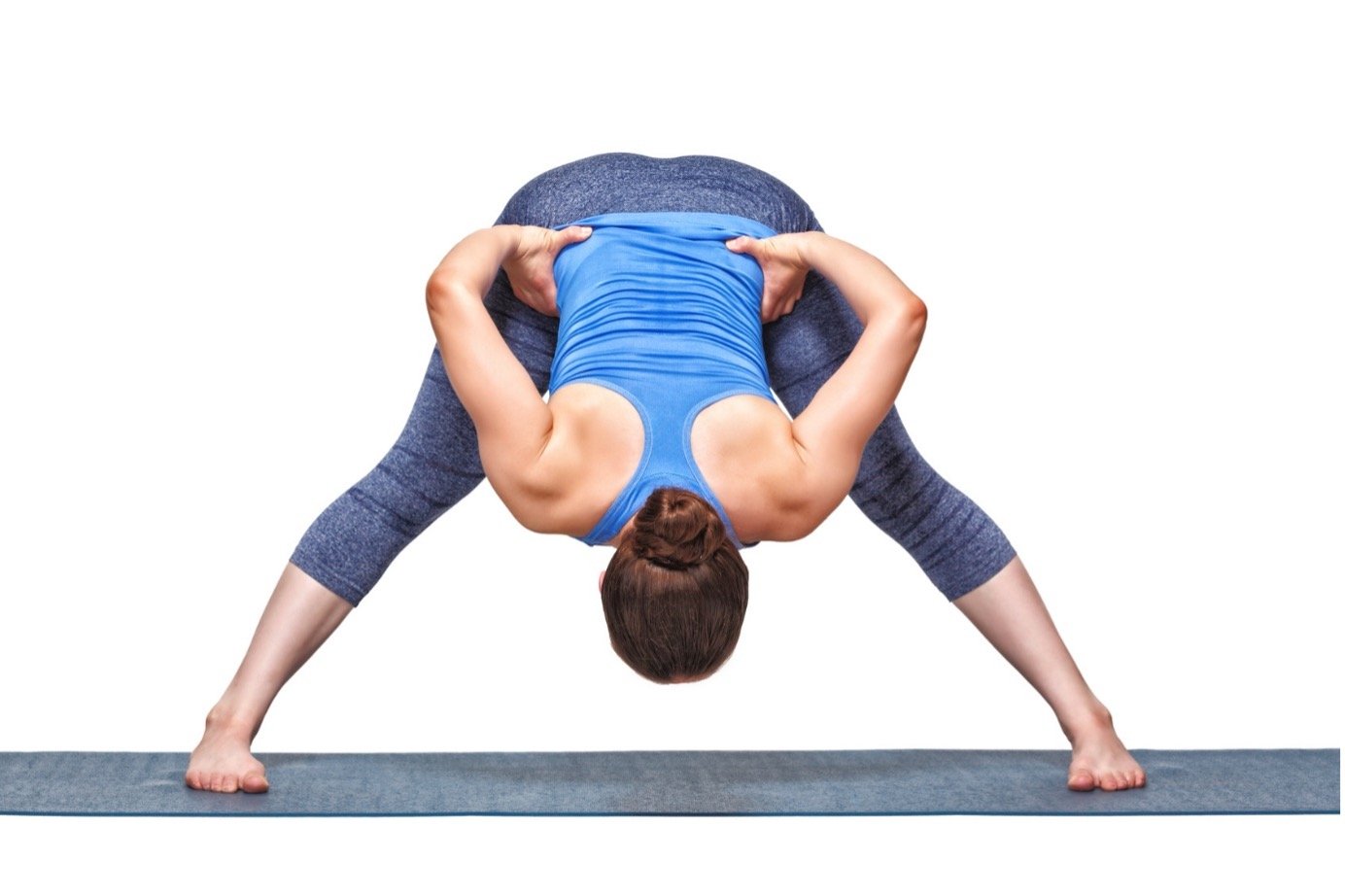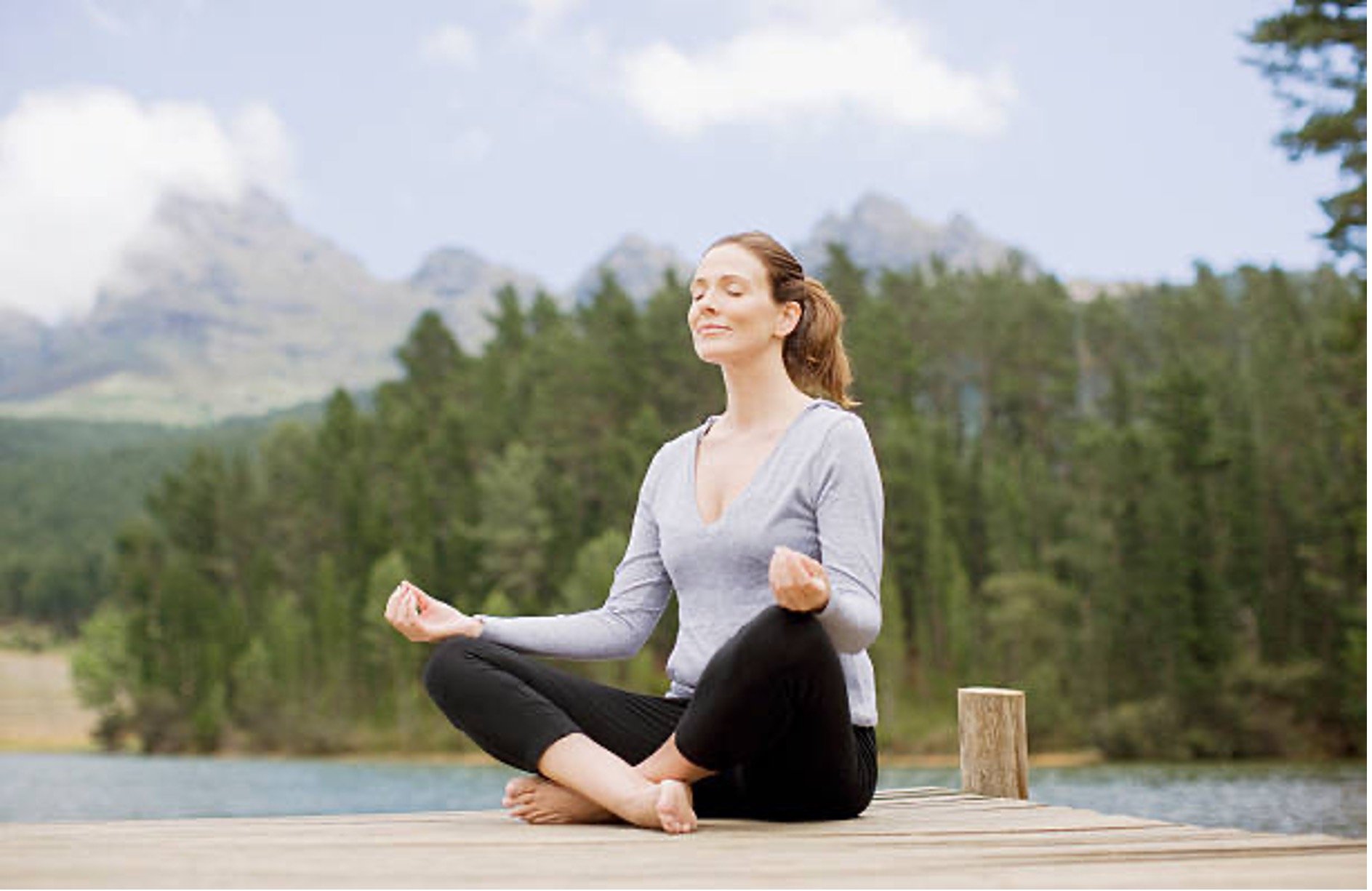Learning how to Destress through Yoga
Relax and Unwind
One of the main benefits of yoga is that specific yoga postures combined with deep breathing can help you relax and unwind, and it is a good stress management tool. It is perfect for those looking to calm their mind after a long day at work.
Yoga requires physical and mental focus. Many people find this practice to be very calming and relaxing. It helps them leave behind their daily worries and problems.
When done regularly, yoga can bring about a sense of tranquillity.
If you are trying to unwind in the evening, give yoga a go.
Relieve Muscle and Back Pain
Do you wake up in the morning with a stiff neck and a sore back? Are you tired of spending money on over-the-counter pain medications that don’t really work?
You're not alone; millions of people are dealing with back and muscle issues.
Yoga shows promising results in relieving back pain and improving posture. It works at the core of the problem by loosening tight muscles. It also helps in releasing tension from strained muscles.
Yoga involves stretching, balancing, and breathing exercises to improve flexibility and posture while working on improving core muscle strength.
Reduces Stress and Anxiety
Yoga brings you together with your body and mind. You simultaneously get in touch with the present moment and yourself.
Yoga is more than just stretching, although that is an important part of it. It’s also an exercise that focuses on giving you balance and peace of mind. This is valuable in reducing stress and anxiety levels.
Some experts recommend yoga as a support strategy for therapy in mental health improvement.
Boosts Your Cognitive Ability
Practicing Yoga induces changes in the brain. It enhances cognitive skills such as memory.
Yoga improves your brain functions in the following ways:
Increased Brain Blood Flow
Alterations in Brainwave Activity
Improved Balance
Yoga helps the brain focus on poses and breathing exercises. Yoga also increases oxygen level and blood flow that helps to keep your brain active and alert.
Regular yoga practice is linked to performance enhancement, improved memory, and better mood.
Yoga Enhances Your Breathing
It’s an inescapable fact that breathing is the most important part of yoga. Without good breathing techniques, it’s impossible to execute the poses correctly.
The key to successful yoga practice is pranayama. It is the practice of controlling and directing your breath.
Yoga teaches you how to breathe deeply. This allows for more oxygen intake into the body. One of the central aims of yoga is to help you learn how to breathe deeply and calmly.
With regular practice, you can maintain this state even outside the class and in stressful situations.
Here are some yoga poses you can do when you are starting to feel anxious.
1. Downward Dog Pose
Photo: yulkapopkova / Getty Images
Begin on your hands and knees. Inhale and lift both knees up off the floor, raising your hips up to the ceiling. Exhale and push both arms straight, and push your heels toward the floor.
2. Wide leg forward bend
Step your feet 3 to 4 feet apart, with your hands on your hips. Lift tall through your whole torso and fold slowly over your legs. Bend from your hip joints instead of rounding your lower back.
3. Easy pose
Sit crossed-legged, lengthen up through your spine, roll your shoulders back, place your hands on your knees with palms facing upwards, close your eye and breath counting to 4 as you inhale and 4 as you exhale.
4. Cat/cow pose
Photo: Jomkwan / Getty Images
Begin on your hands and knees. Inhale and gently arch your back and lift your chin up. Exhale, round your back, and tuck your chin into your chest.
5. Supine Twist Pose
Photo: AzmanL / Getty Images
Begin lying on your back. Inhale and bring your right knee up toward your chest. Exhale and gently roll to your left, letting your knee fall down on your left side. Keep your left leg out straight. Place both arms straight out from your body to help you stabilize. Hold. Release, and repeat drawing your left knee up and over to your right side.





